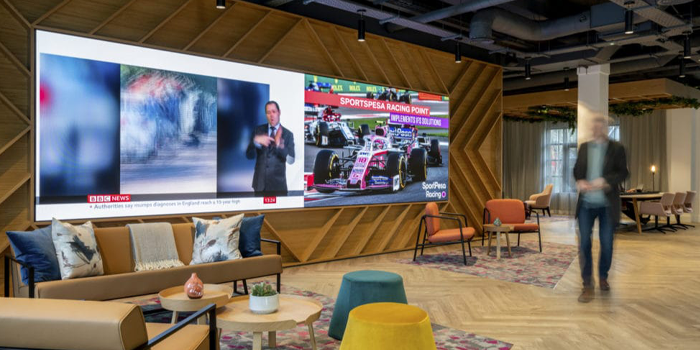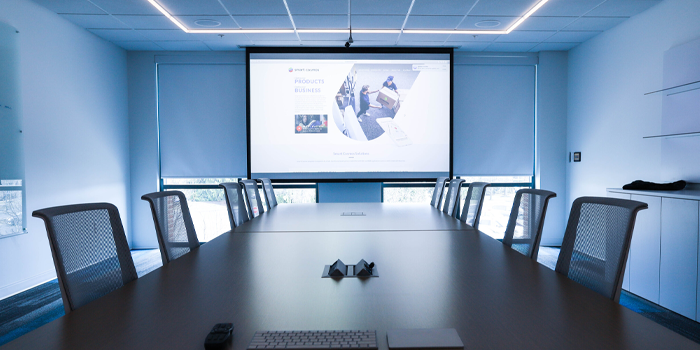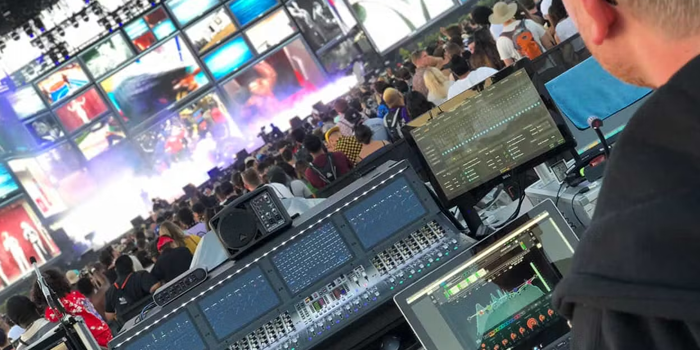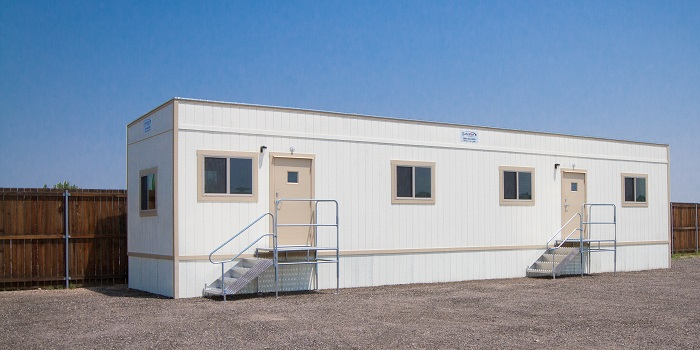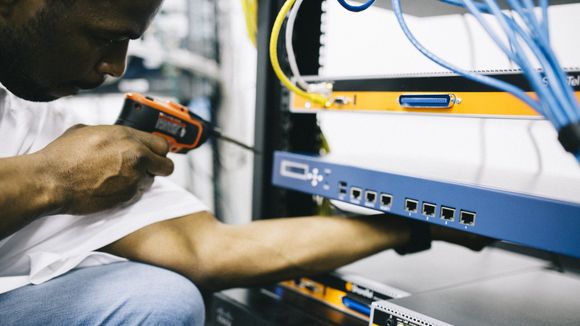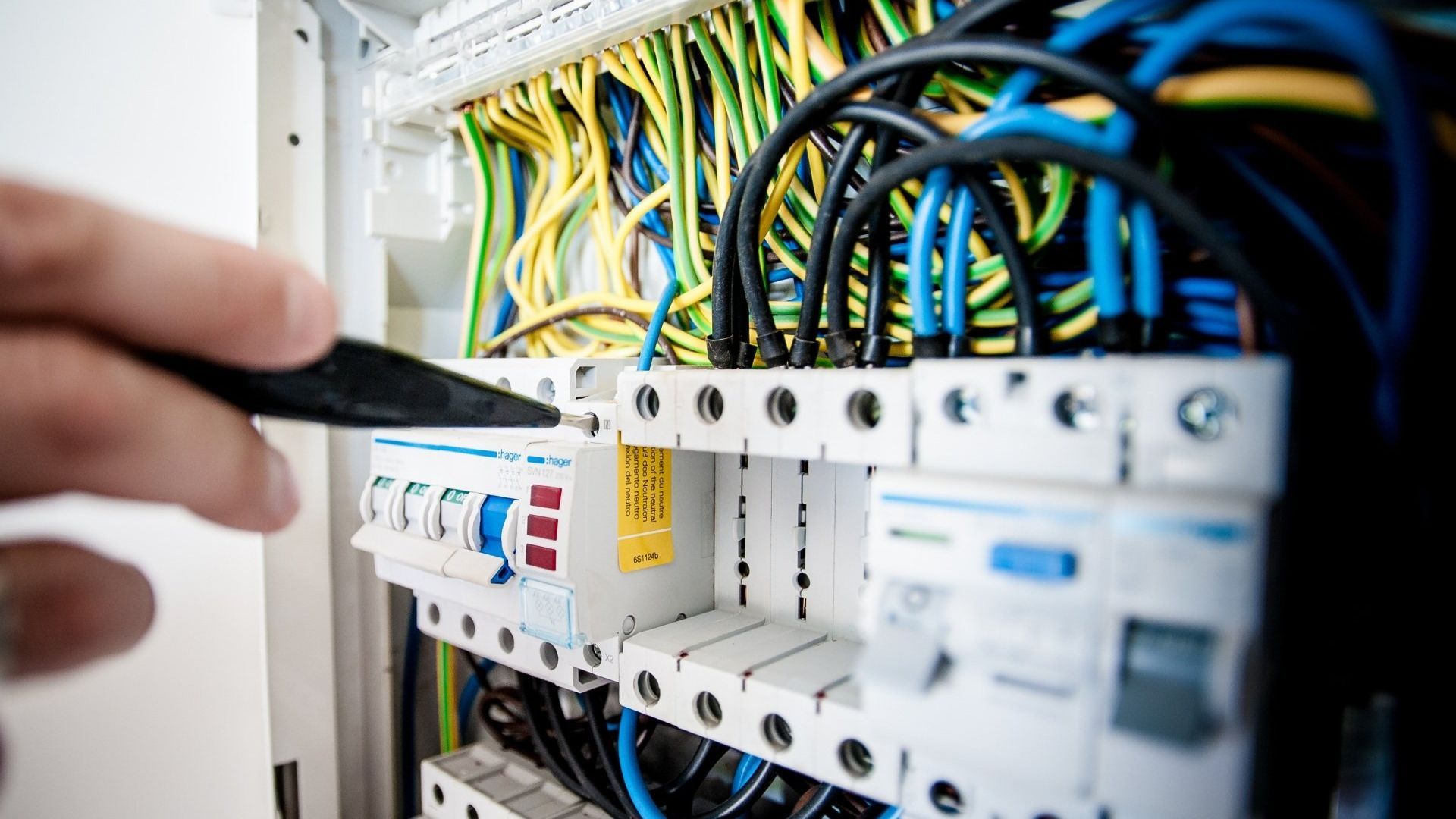We'll handle all your needs,
so you can focus on your business.
We'll handle all your needs,
so you can focus on your business.
We'll handle all your needs,
so you can focus on your business.
CatiaIS: We make the complex projects simple.
Our team of experts works closely with clients to understand their specific requirements and deliver tailored solutions that meet their needs. We are committed to staying up-to-date with the latest technologies and industry trends to offer innovative solutions that help businesses thrive in today's digital world.
-
Structured Cabling
ButtonDesign, install, and maintain structured cabling systems to ensure efficient and reliable communication networks for data, voice, fiber and video.
-
Audio/Visual Systems
ButtonCreating customized audio and visual solutions for various applications, such as conference rooms, classrooms, auditoriums, and entertainment venues.
-
Integrated Systems
ButtonIntegrate different technologies and systems, including audio, video, lighting, and control systems, to create seamless and user-friendly environments.
-
CCTV and Security Systems
ButtonComprehensive CCTV and security solutions, including surveillance cameras, access control systems, to help businesses protect their assets and ensure safety.
-
Low Voltage Systems
ButtonInstall and maintain systems such as intercom and paging, to enhance communication and safety within buildings.
-
Live Sound Systems
ButtonProfessional audio solutions for live events, concerts, conferences, and performances, ensuring high-quality sound and a memorable experience for attendees.
-
Construction Trailers
Button -
Point of Sale Systems
Button
-
Structured Cabling
ButtonDesign, install, and maintain structured cabling systems to ensure efficient and reliable communication networks for data, voice, fiber and video.
-
Audio/Visual Systems
ButtonCreating customized audio and visual solutions for various applications, such as conference rooms, classrooms, auditoriums, and entertainment venues.
-
Integrated Systems
ButtonIntegrate different technologies and systems, including audio, video, lighting, and control systems, to create seamless and user-friendly environments.
-
CCTV and Security Systems
ButtonComprehensive CCTV and security solutions, including surveillance cameras, access control systems, to help businesses protect their assets and ensure safety.
-
Low Voltage Systems
ButtonInstall and maintain systems such as intercom and paging, to enhance communication and safety within buildings.
-
Live Sound Systems
ButtonProfessional audio solutions for live events, concerts, conferences, and performances, ensuring high-quality sound and a memorable experience for attendees.
-
Construction Trailers
Button -
Point of Sale Systems
Button
We have expertise in a range of areas, exceeding expectations and industry standards.
Cabling
Robust, efficient, and future-proof communication network designed and maintained by experts.
AV Systems
Customized, high-quality audio and visual solutions that enhance functionality and user experience across various settings.
Integrated Systems
Seamless, user-friendly environments with expertly combined audio, video, lighting, and control technologies.
CCTV + Security Systems
Comprehensive protection of your assets with state-of-the-art surveillance and access control solutions.
Low Voltage Systems
Enhanced communication and safety with reliable telephone, intercom, and paging solutions.
Live Sound
Guaranteed exceptional auditory experiences at your events, concerts, and conferences with professional-grade audio systems.
Construction Temporary Trailers
Designed to meet the unique needs of construction sites, our trailers provide a convenient and efficient solution for on-site offices.
Point of Sale Systems
We specialize in the installation, setup, and maintenance of advanced POS systems designed to streamline your operations.
CatiaIS: Trust is the foundation of great service
At CatiaIS, we firmly believe that trust is the cornerstone of exceptional service. Our commitment to building trust forms the bedrock of every interaction and project we undertake. With integrity as our guiding principle, we strive to exceed expectations and deliver reliable, innovative solutions tailored to meet the unique needs of our clients. When you choose CatiaIS, you're not just selecting a service provider – you're partnering with a team dedicated to earning and maintaining your trust every step of the way.
We pride ourselves in being ...
- Reliable
- Trustworthy
- Innovative
- Tailored Experience
- Professional
- Dedicated
Reliable
Tailored Experience
Trustworthy
Professional
Innovative
Dedicated
CatiaIS By The Numbers
500+
clients
diverse
staff & management
20+
years experience
CatiaIS By The Numbers
500+
clients
diverse
staff & management
20+
years experience
CatiaIS News & Resources
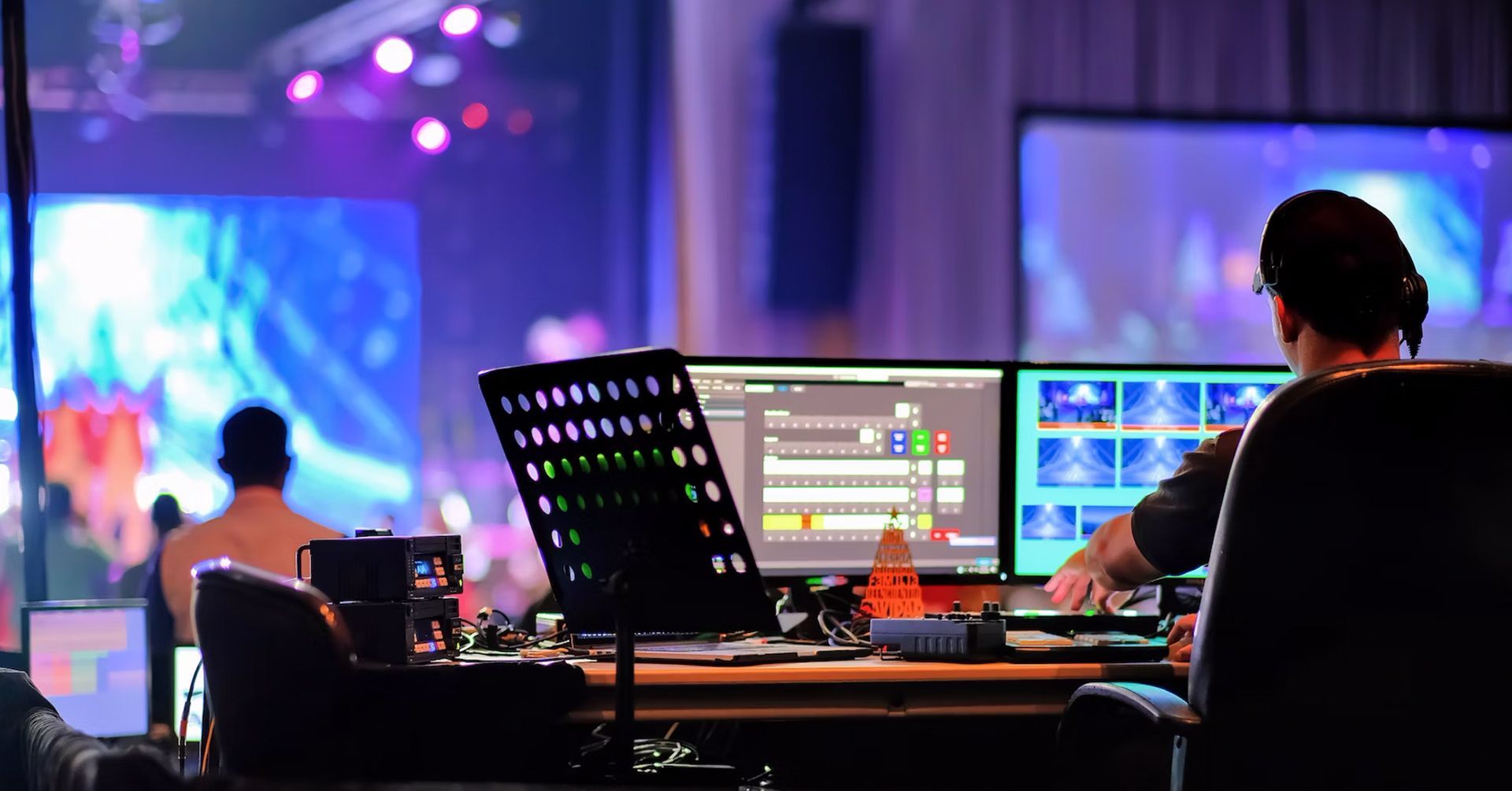




Catia Integrated Systems, previously Best AV Solution, has been serving the KC Metro area since 2017 and takes pride in its reputation as the area’s premiere audio visual firm.
Navigation
Contact Info
Phone: (816) 642-2593
Email: support@catiais.com
Location: Independence, MO, USA
(816) 642-2593
support@catiais.com
Independence, MO, USA
© 2020-2024 All rights reserved.
Catia Integrated Systems.
Designed By Digital Media Partners
© 2020-2024 All rights reserved.
Catia Integrated Systems.
Designed By Digital Media Partners

